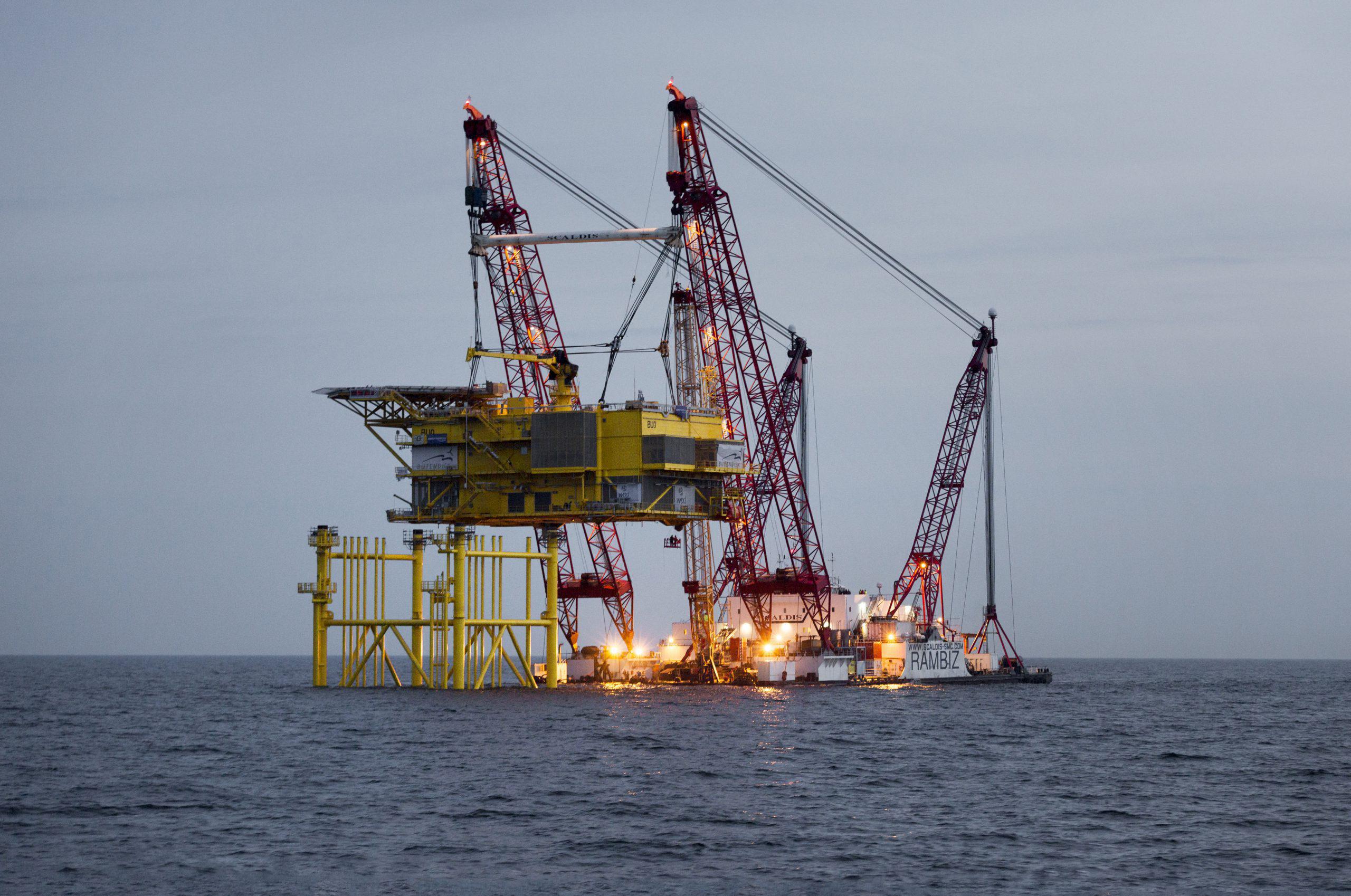Offshore power transmission is better suited for HVDC (high voltage direct current) technologies than the usual AC (alternate current). Using AC, the transmission voltages are standardized at 220kV, whereas HVDC cables can transport power at higher voltages. Furthermore, the AC cable creates difficulties since reactive compensation cannot be installed in the middle of the route, resulting in lower transmission distances. An HVDC cable has several advantages over AC like connecting areas with different frequencies and transmitting power over long distances at a lower cost. For offshore wind farms relatively close to shore, roughly up until 75-100km, HVAC technology is often the most economical choice. For larger wind farms located further offshore, HVDC becomes economically and technically more feasible than HVAC.
Offshore networks are mostly project-specific; this is due to spatial, environmental and technical constraints. For instance, HVAC connections require more and larger cables than HVDC connections, while HVDC substations are considerably larger than HVAC substations. HVAC connections require a strong grid connection.
There are two main types of cable technology used in HVDC applications, crosslinked polyethene (XLPE) and mass impregnated (MI) insulation [5]. XLPE cables can be used in voltages up to 330kV while MI cables are available for voltages up to 600kV. [5] XLPE cables are unsuitable for current source converters (CSC) applications where the polarity must be reversed to reverse the power flow direction. This factsheet covers data for XLPE cables.
All information in the datasheets is also available in ESDL (Energy System Description Language). You can find them in the Energy Data Repository (EDR).



